#Nina Ricci ready to wear fall 2017
Photo
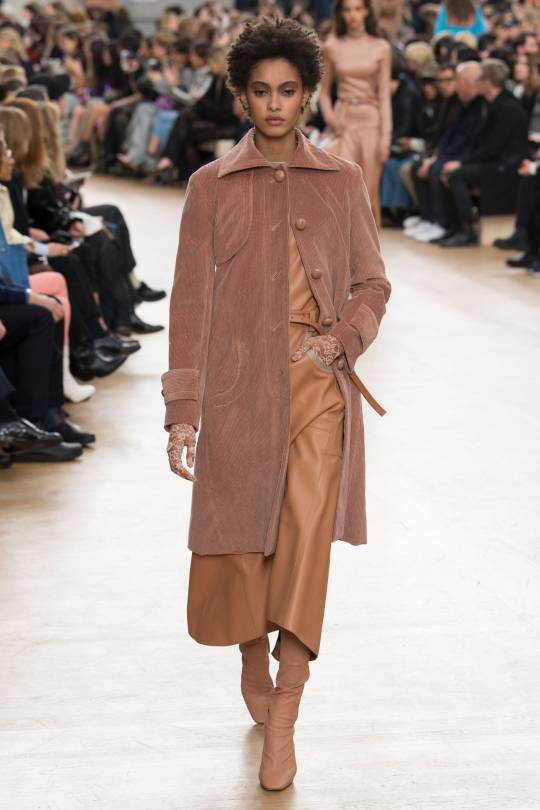
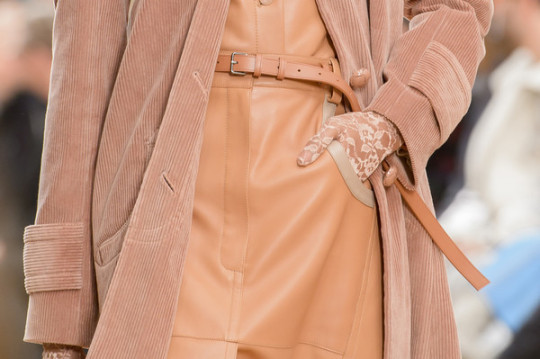
Nina Ricci ready to wear fall 2017
7 notes
·
View notes
Photo

Nina Ricci Fall 2017
#pink#runway#nina ricci#runway details#pink dress#pink bag#fw17#fall 2017 rtw#fall 2017 ready to wear#nina ricci fw17
71 notes
·
View notes
Photo
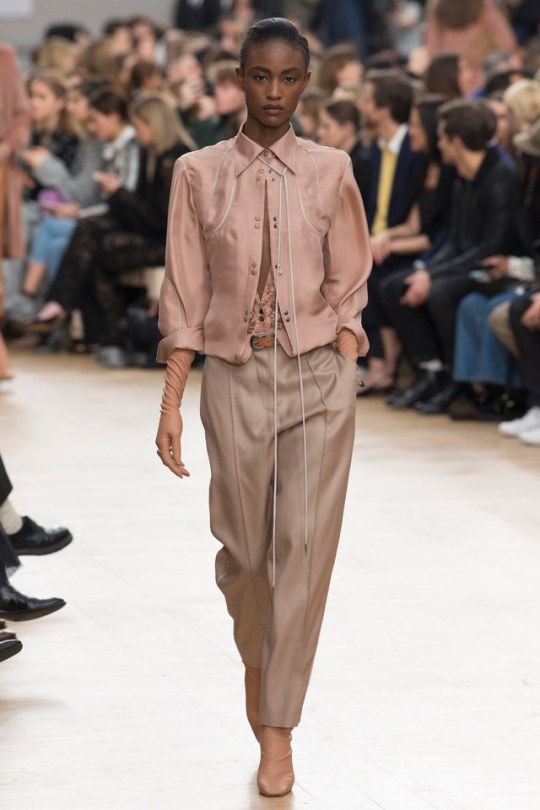

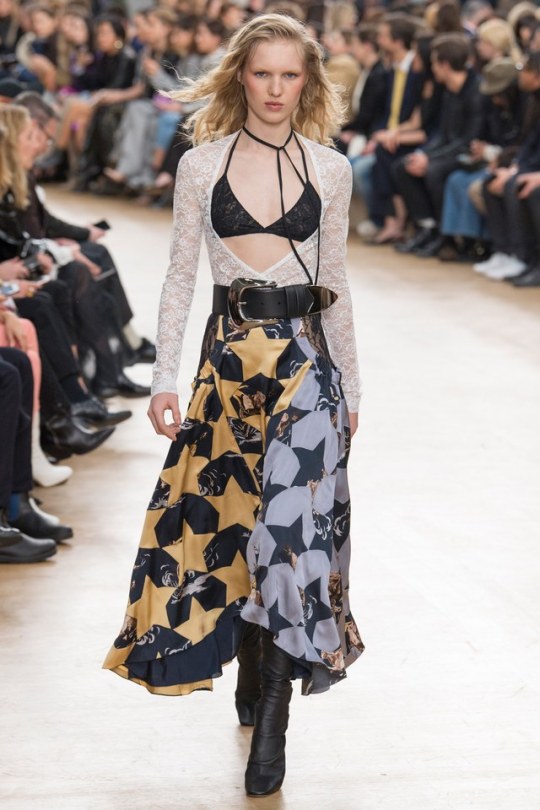
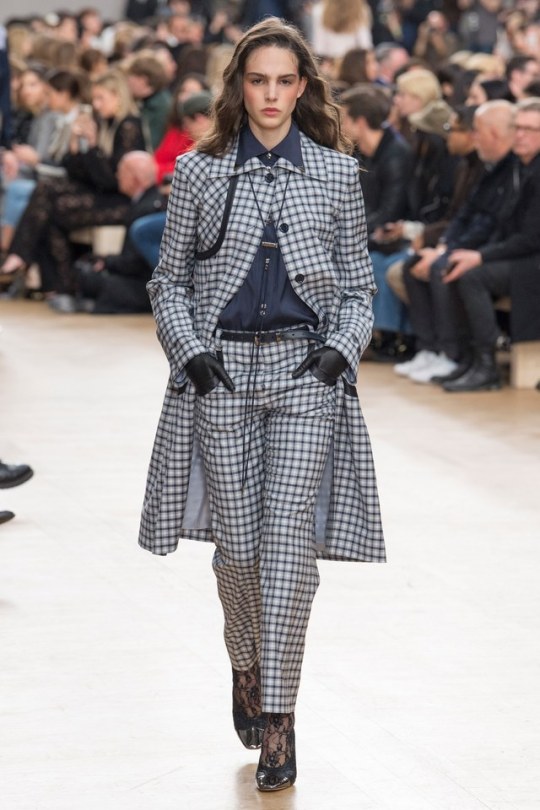
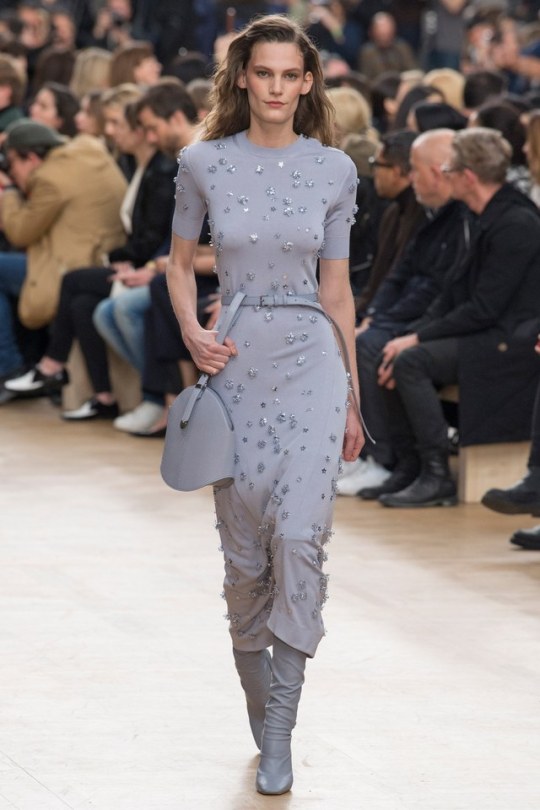

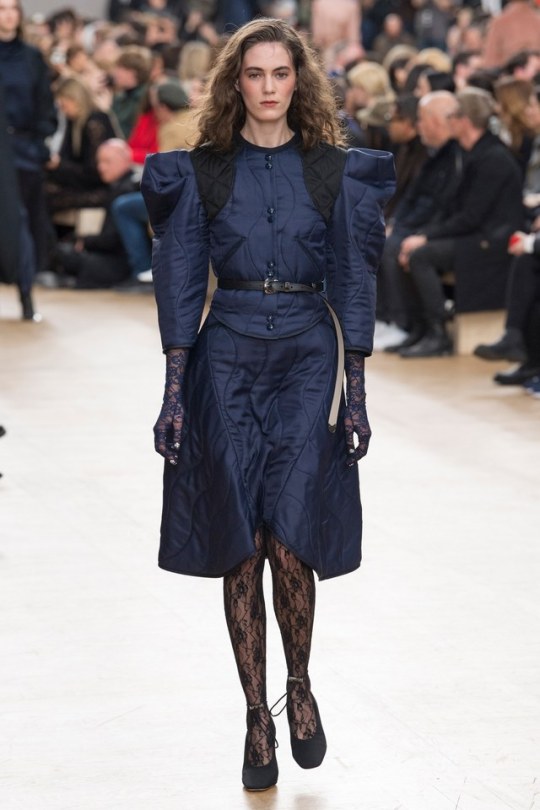
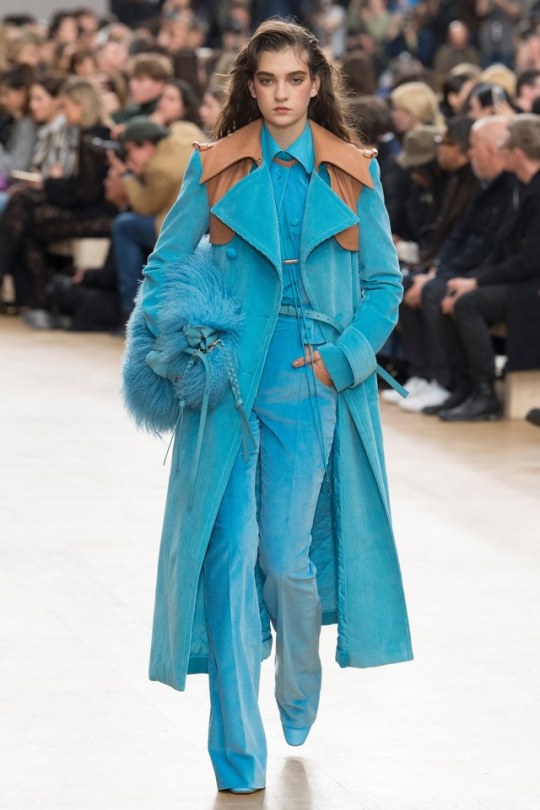
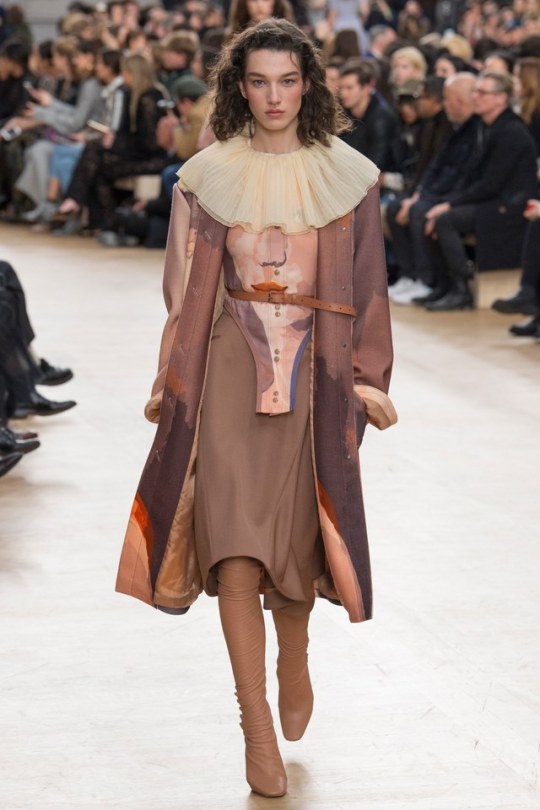
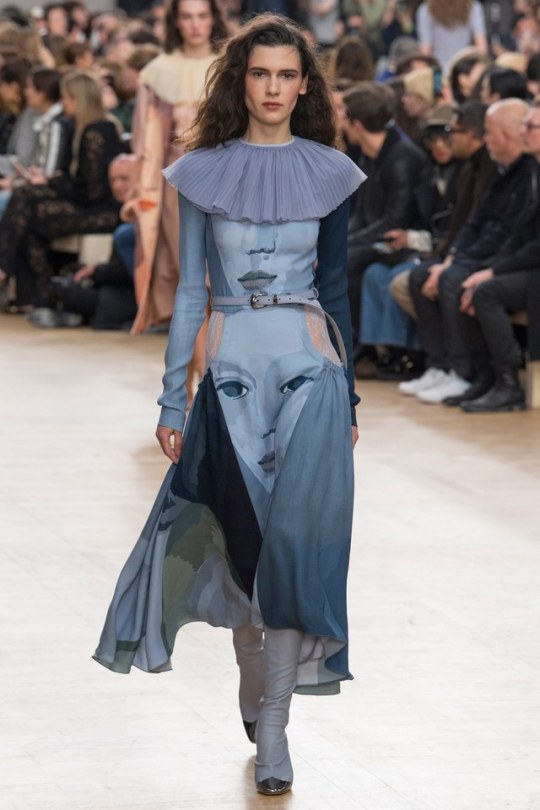
Nina Ricci Fall 2017 Rady-to-Wear
#fashion#nina ricci#fall 2017#ready-to-wear#scopophobia /#uhhhh#the theme was the american west#the reviewer super hated it#(well specifically they hated the 'heavy-handed accessories'#i enjoy how you're going along looking at this fairly gentle rodeo knockoff stuff and them BAM#FACE DRESSES#LOOKIN AT U
1 note
·
View note
Photo
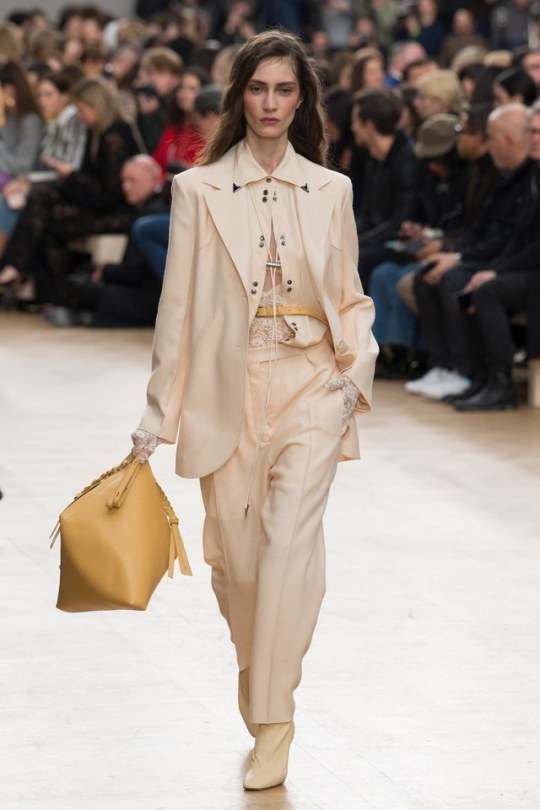
#Nina Ricci#fashion#style#fall 2017 ready to wear#ready to wear#RTW#paris fashion week#PFW#model#marine deleeuw
73 notes
·
View notes
Photo
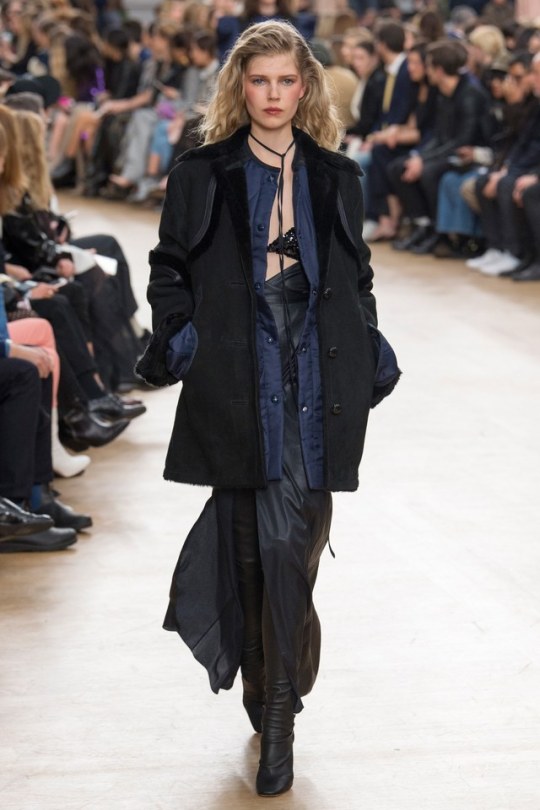
Ola Rudnicka - Nina Ricci, Ready To Wear, Fall/Winter 2017, Paris Fashion Week
#Ola Rudnicka#Nina Ricci#Ready To Wear#Fall/Winter 2017#Paris Fashion Week#rtw f/w 2017 paris#rtw fall 2017#fall 2017 ready-to-wear
26 notes
·
View notes
Photo
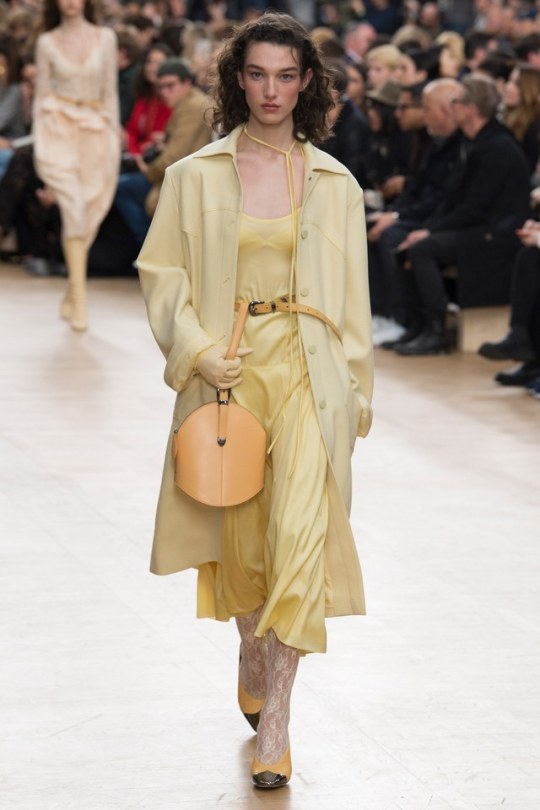
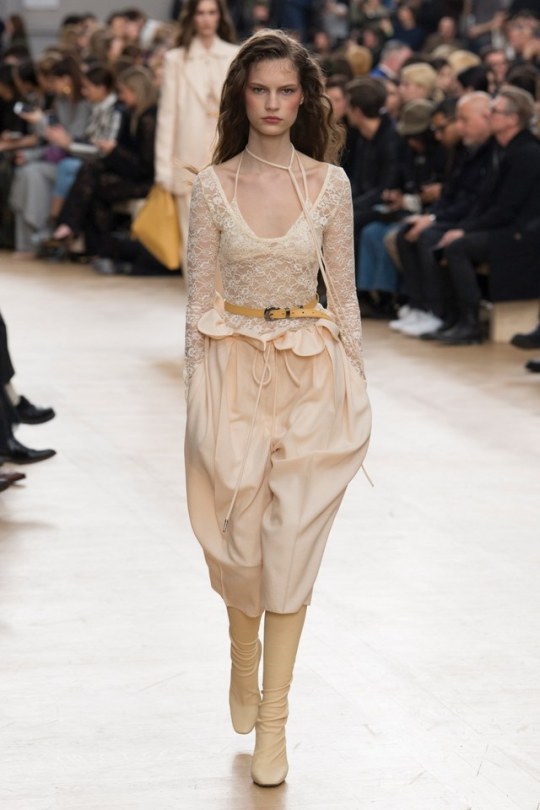
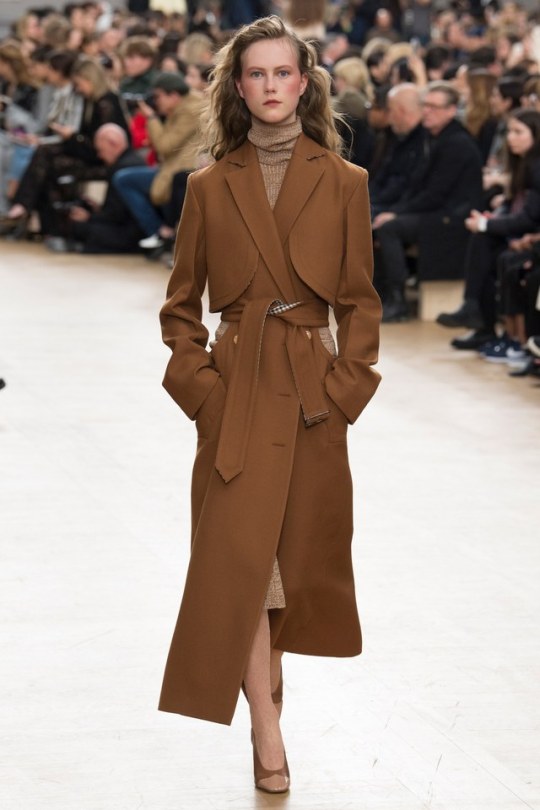
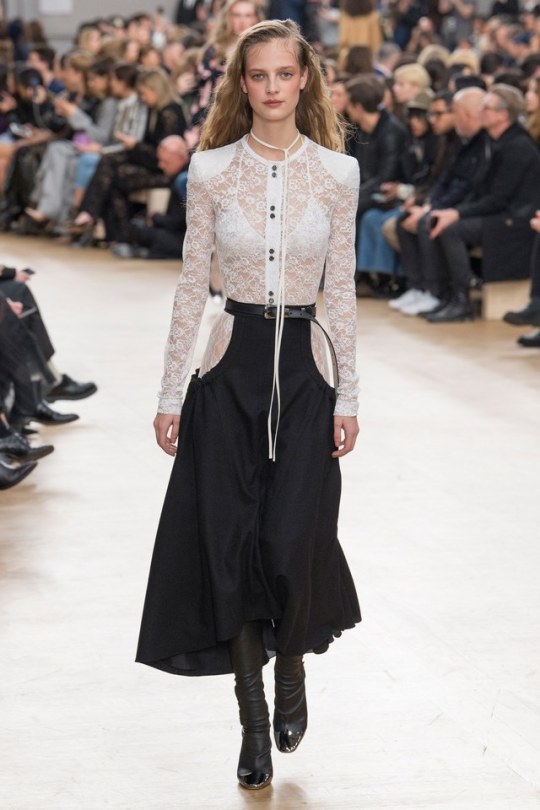
Nina Ricci F17 RTW
#Nina Ricci#fashion#runway#pfw#pfw17#paris#paris fashion week#fashion week#fw17#f17#fall 2017#frtw#frtw17#fall ready to wear#ready to wear#rtw#rtw17#vogue
2 notes
·
View notes
Photo

Nina Ricci Fall 2017 Ready to Wear
3 notes
·
View notes
Photo

Nina Ricci // Ready to Wear - Fall 2017
4K notes
·
View notes
Photo
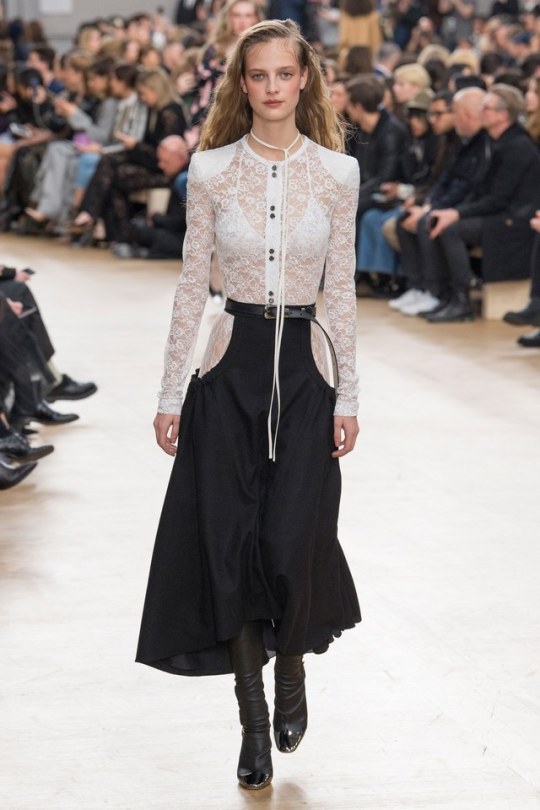
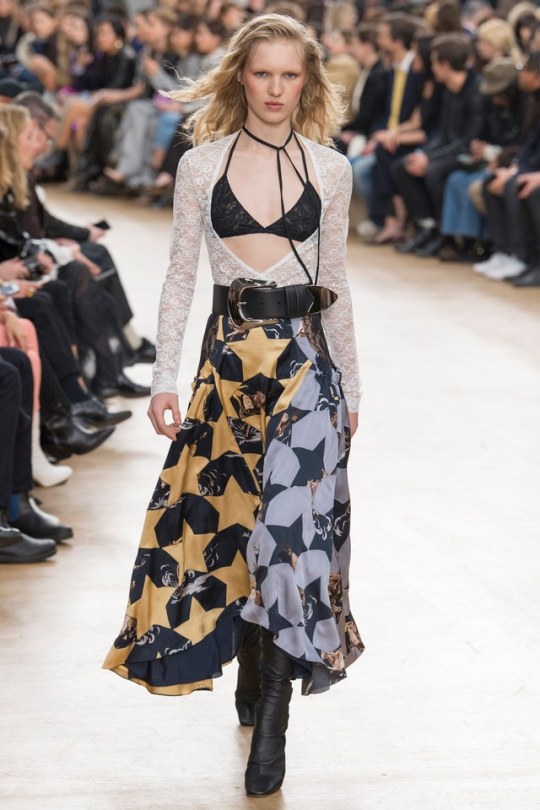
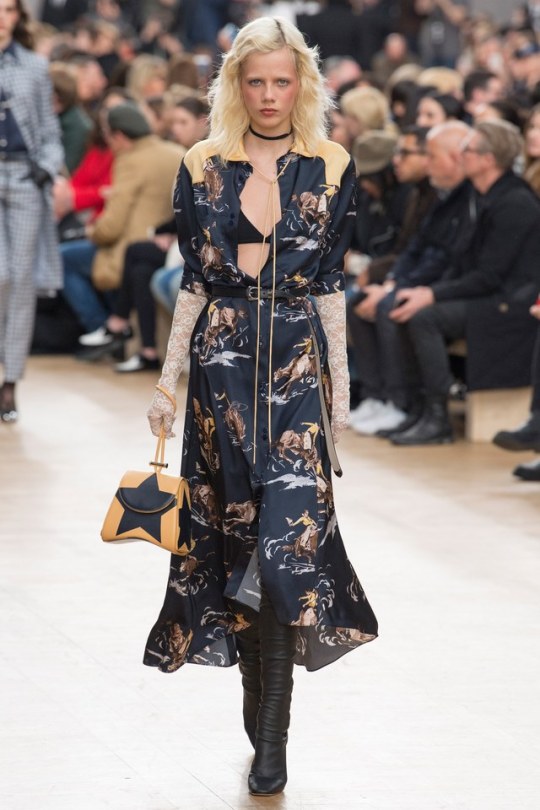
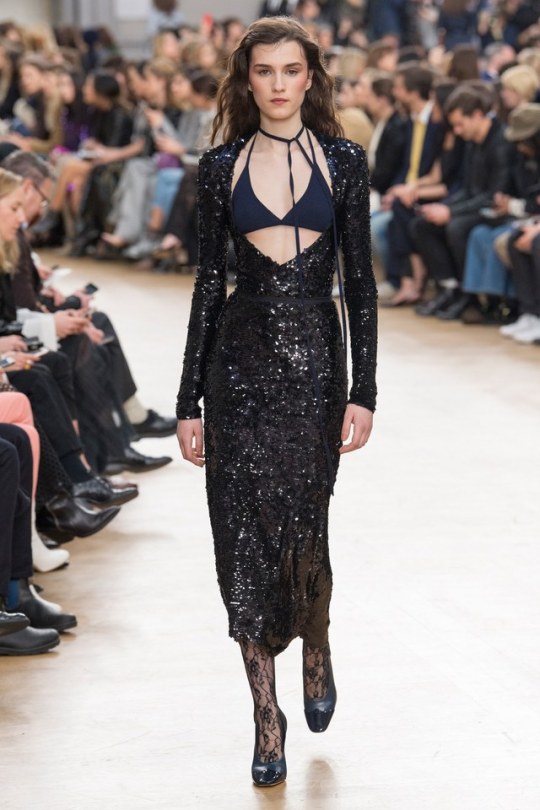
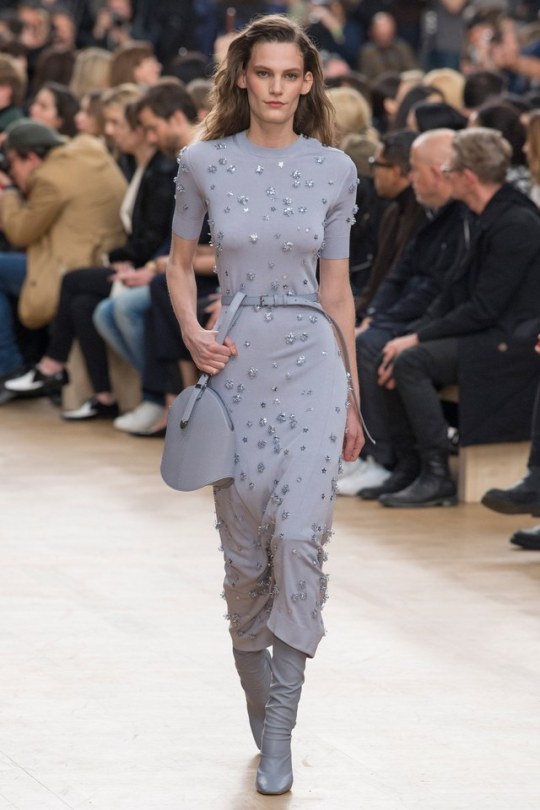
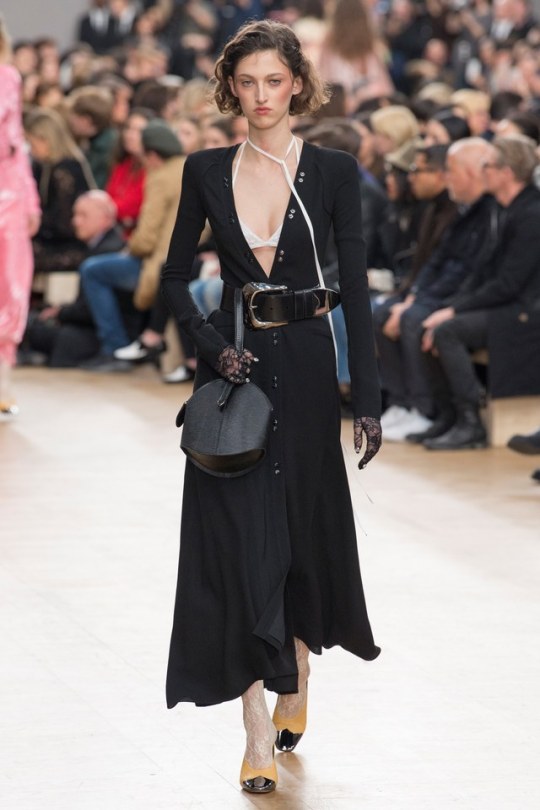
Nina Ricci Fall 2017 Ready-to-Wear
#fashion#nina ricci#fall fashion#ine neefs#jess pw#marjan jonkman#irina djuranovic#lena hardt#amber witcomb#fall 2017#nina ricci fall 2017
6 notes
·
View notes
Photo
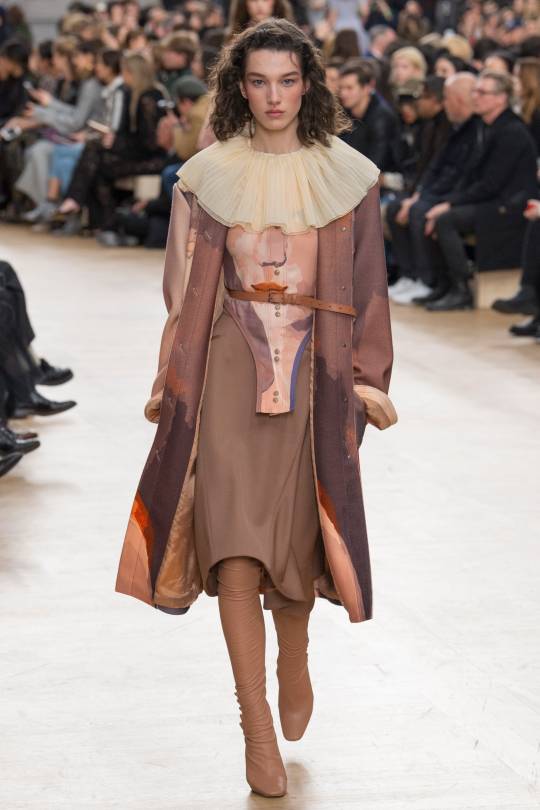
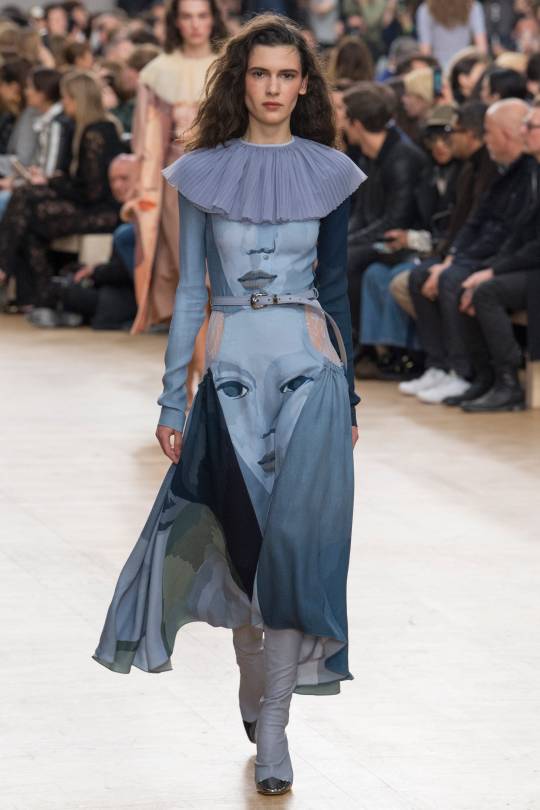
Nina Ricci ready to wear fall 2017
38 notes
·
View notes
Photo
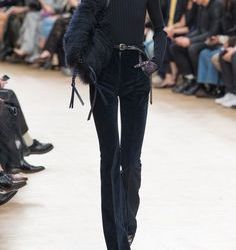
Nina Ricci Fall 2017 Ready-to-Wear
11 notes
·
View notes
Photo
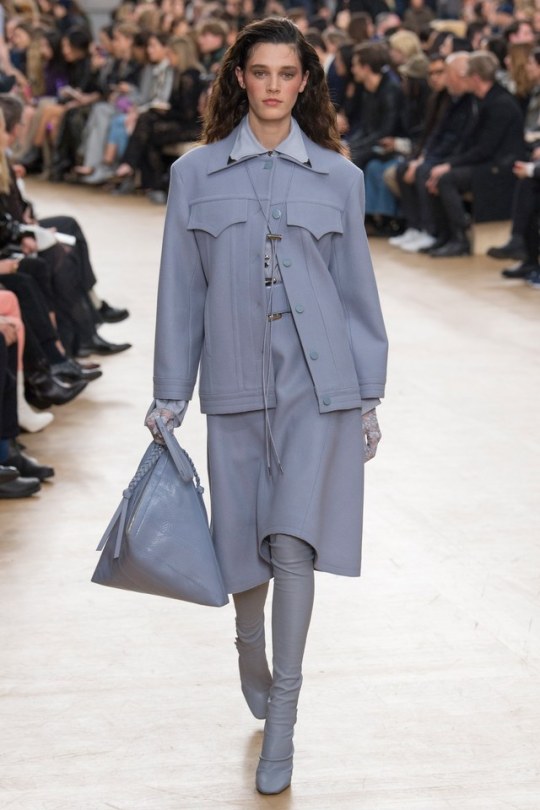
Leila Goldkuhl, Nina Ricci Fall 2017 Ready-to-wear
19 notes
·
View notes
Photo
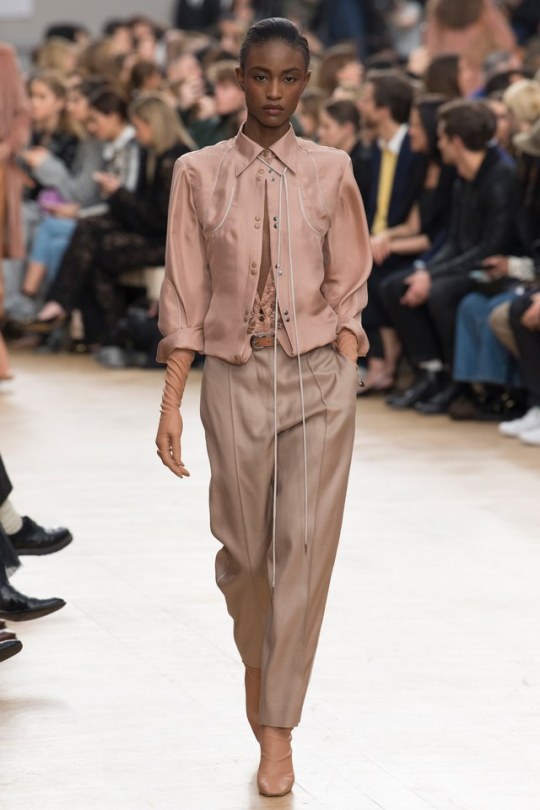
#Nina Ricci#fashion#style#fall 2017 ready to wear#ready to wear#RTW#paris fashion week#PFW#Model#alicia burke
32 notes
·
View notes
Photo
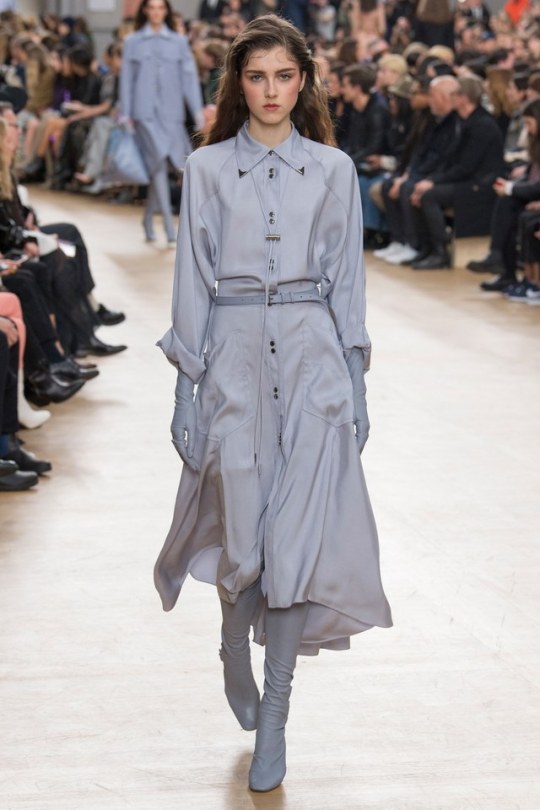
Jay Jankowska - Nina Ricci, Ready To Wear, Fall/Winter 2017, Paris Fashion Week
#Jay Jankowska#Nina Ricci#Ready To Wear#Fall/Winter 2017#Paris Fashion Week#rtw f/w 2017 paris#rtw fall 2017#fall 2017 ready-to-wear
11 notes
·
View notes
Photo
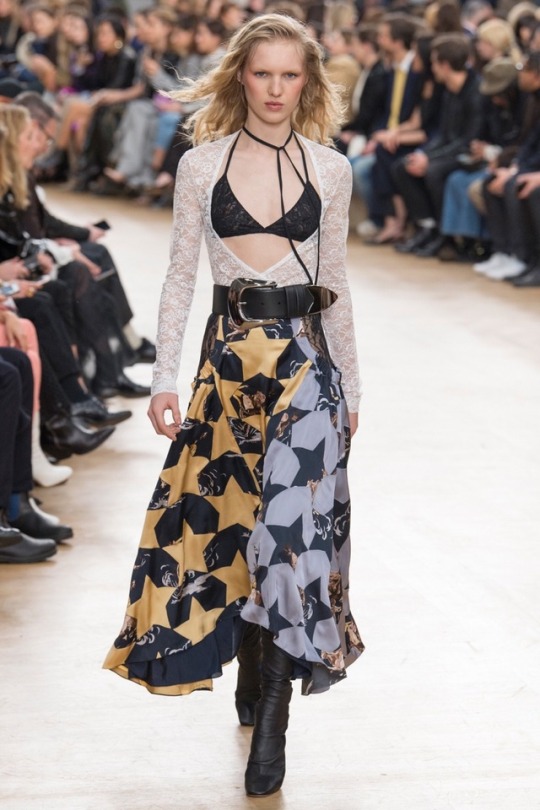
Nina Ricci - Fall 2017 Ready-to-Wear Source:Voguerunway.com
22 notes
·
View notes
Text
Fashion's Current State: The Revolving Door of Creative Directors
Back in September 2008, Paris Fashion Week ended with a bit of a shock. A few days after their Spring 2009 fashion show, the house of Valentino announced that Alessandra Facchinetti would step down as creative director for the label, to be replaced by two then-unknown accessories designers of the house, Maria Grazia Chiuri and Pierpaolo Picolli. Although Facchinetti’s approach to the famed couture house, which was just left by its legendary eponymous founder earlier that year, was seen as an extreme reinvention of both aesthetic and audience, no one could have concluded that her secretly-expected demise at the house would be as quick and as swift as it was. Facchinetti was only able to design five collections for the label during her one year tenure. She bowed at the end of her first spring collection for the house not knowing it was her final. The shocking dismissal was unheard of at the time, unbeknownst to many that it was the beginning of the crumbling of the fashion industry’s status quo.
The Facchinetti dismissal at Valentino was just the first of a string of creative directors being replaced after only a few seasons in the helm of major fashion houses. The untimely passing of Alexander Mcqueen rocked the entire fashion world and left his label bereft for a few months before we were introduced to Sarah Burton, Mcqueen’s right-hand woman and successor. After that was the disgraceful demise of John Galliano at Dior, a position he cherished and held for thirteen years. His dismissal led to Raf Simons, who at the time was successful in his tenure at Jil Sander, to withdraw from the Milanese label and head the newly-orphaned house of Dior, a surprising and perplexing move seeing the complete contrast of style and aesthetic of both label and designer. The year Simons began at Dior was also the final year of Stefano Pilati at Yves Saint Laurent. Stefano Pilati was creative director for Yves Saint Laurent for eight years, beginning in 2004 replacing Tom Ford. Pilati’s unanticipated exit was greeted by Hedi Slimane’s return to fashion as Pilati’s successor. Slimane’s approach was not dissimilar to Facchinetti’s at Valentino and was even more extreme. He would completely revolutionize the Parisian label, changing its official name from ‘Yves Saint Laurent’ to 'Saint Laurent Paris’ and reinventing the house’s aesthetic from 'elegant bourgeois’ to 'underground rock chic’. Although his work was almost universally-praised, Slimane would not equal the longevity of his predecessor, exiting the label in 2016 after only four years, giving way to Anthony Vaccarello to head the house and, with similar aesthetics to Slimane, would continue the new style of the revolutionized label. Several other Parisian fashion houses also experienced the revolving door of creative directors. In Balenciaga, Nicholas Ghesquiere headed the house for fifteen years, from 1997 to 2012. His tenure at Balenciaga was regarded as one of the most successful collaborations of a creative director and a fashion house. He was succeeded by a polarizing tenure of Alexander Wang, who brought this sportswear aesthetic to the decades-old couture house. The mix of contrasting styles was met with mixed reviews and lasted for only three years. Balenciaga is now headed by fashion’s current golden boy, Vetements founder Demna Gvasalia. From Balenciaga, Ghesquiere was hired by Louis Vuitton to be their new creative director after the house parted ways with Marc Jacobs after seventeen years.
At the start of 2017, Paris was shocked once again by the surprise exit of Riccardo Tisci from Givenchy. Tisci held the helm at Givenchy for 25 years, succeeding a bevy of established stars such as Galliano, Mcqueen, and Julien Mcdonald. Like his contemporaries, Tisci shaped Givenchy into his own and delivered a new aesthetic that once clothed the ethereal Audrey Hepburn. From the systematic rules of haute couture, Tisci deconstructed the Givenchy woman into a dark, gothic, and Catholic woman. His designs were peppered with religious undertones, the silhouettes were exaggerated, and against a host of black and velvet were white lace and several embroideries and embellishments. A fashion insider even remarked, after seeing his Fall 2009 collection, that Tisci was “the King of Paris”. Also similarly to his contemporaries, Tisci was enamored by pop culture and always sought to incorporate it into what was now 'his brand’. He became social with the biggest celebrities, most notably Kanye West and Kim Kardashian, wherein he made Kim Kardashian’s wedding dress when the rapper and social media star very publicly tied the knot. Despite an extremely successful tenure, Tisci exited Givenchy in 2017, amidst rumors that he might helm the house of Versace the minute Donatella steps down. Replacing Tisci in Givenchy is Clare Waight Keller, who herself was a victim of the 'revolving syndrome’ when she succeeded Hannah McGibbon at Chloe. Chloe has seen its fair share of designers, predominantly female, each giving the house her own spin. The pioneering ready-to-wear brand boasts a devastatingly-talented line up of creative directors such as Karl Lagerfeld, Stella Mccartney, and Phoebe Philo. Clare Waight Keller started in Chloe in 2011 and exited the brand for Givenchy in 2017. She is to be replaced by Ghesquiere protege Natacha Ramsay-Levi.
The 'revolving syndrome’, as fashion editors named it, was not only felt in Paris but in New York and Milan too. Oscar De La Renta’s final collection for his world-famous eponymous label was Pre-fall 2015. The Dominican-American designer passed away on October 20, 2014, a month after his final show in New York Fashion Week. The New York fashion house then hired Peter Copping, who at that time was in Nina Ricci, succeeding Olivier Theyskens at the Parisian house. Copping’s ultra-feminine style and sexy French aesthetic seemed like a perfect match for the sophisticated Park Avenue -favorite label and that we would finally see long-lasting relationship between a designer and a fashion house, a kind the industry hasn’t seen in such a long time by that point in time. Alas, it wasn’t meant to be. The once optimistic relationship between Peter Copping and Oscar De La Renta was put to a halt when he voluntarily exited the New York label in 2016. Former ODLR employees Laura Kim and Fernando Garcia, by this time have started their own label Monse, were tapped to return to their former employer and head the fashion house.
In Milan, it’s just as hectic as in their French counterpart. The most headlining was in the house of Gucci. Frida Giannini ended her reign as creative director of Gucci in 2015, replaced by Alessandro Michele, an associated designer of his predecessor. Like Slimane, Michele turned Gucci on its head. From the camel-coated, cut-out centric, black leathered-dominatrixes of Ford and Giannini, Michele transformed the Gucci woman into the vintage-loving, floral-printed maximalist, taking the fashion world by storm. His explosion of seventies references and disregard for cohesion and specificity influenced a lot of his contemporaries, plunging the industry in an era of diverse, almost saccharine, and completely unapologetic maximalism. Another seventies-loving maverick is Peter Dundas, whose tenure in Pucci catapulted him to international acclaim. His reign in the print-obsessed Italian house was one of the best love affairs in recent fashion history. Despite the well-tailored relationship, Dundas left Pucci in 2015 to head the newly-available helm of Roberto Cavalli. Sharing numerous similarities in aesthetic, Dundas’ debut in Cavalli was one of the most anticipated shows during Spring 2016 Milan fashion week. Despite overwhelming expectation, Dundas’ debut for Cavalli was as anticlimactic as you can get. His tenure was seen as such a disappointment by fashion folk that he parted ways with Cavalli after just two years. He is now starting his own eponymous label, with his creations worn by Beyonce during the 2017 Grammy Awards. Back at Pucci, Italian designer Massimo Giorgetti succeeded Dundas in the creative director role. Very much like his predecessor at his new job, Giorgetti also quit after just two years at the helm. Both Emilio Pucci and Roberto Cavalli were pinnacles of Italian exuberance, defining a generation of Milanese glamour and excess and providing rich archives to inspire the ones who would succeed them. Having fallen prey to the 'revolving syndrome’ however, both now stand as struggling relics of their former success. As of this posting, both Pucci and Cavalli have not announced their new creative directors. Jil Sander, the founder, is as confusing as the revolving door in her eponymous label. Established in 1968, she herself has returned back and forth to helm her brand, replacing numerous creative directors Milan Vukmirovic and Raf Simons. After taking over when Simons left for Dior, she exited again in 2014, giving way to Rodolfo Paglialunga. As long as the many tenures of the founder, Paglialunga only had three years of Jil Sander to add to his resume as he and the brand parted ways in 2017. Lucie and Luke Meier have taken over Jil Sander and will debut their first show in Spring 2018 Fashion week.
So this is the current state of fashion, a continuous revolving door of creative directors where their ideas are squeezed from them for a only number of seasons then plucked from their helms and suddenly left unemployed. With the demand for new collections changing faster and faster, and with the industry experimenting new ways to sell clothes, such as 'See Now Buy Now’, a huge part of fashion is slowly but surely compromised: creativity. What does it mean for creativity if it’s director have to churn out a whopping twenty-two collections per year? What does it mean for creativity if the products you’re showcasing have to be so sellable that the clients now have the right to buy the items the moment it steps on the runway? In the past few years, the industry have been so sale-obsessed, following trends by celebrities and media personalities, kneeling before millenials as it waits to find out what is the latest hip thing these young people salivate for against the screen of their gadgets. Before, it used to be that the designers dictated the mood of fashion as the magazines personified their ideas in their elaborate pages of whim and fantasy. Barriers were broken by artful masters who shocked the industry to its core by their outrageous ideas and unbelievable creativity. Who could forget when Mcqueen turned the runway into a chess match or when he showed a hologram of Kate Moss during the finale of one of his shows? Who could forget when Galliano sent out a gilded parade of Egyptian goddesses or his homage to past art masters in his spectacular showing at Versailles for Dior’s 60th anniversary? How about Yohji Yamamoto’s “bridal” show where each model had about three to four layers of outfits, with each gracefully revealed against a gasping audience. Of course we can’t not mention the times Karl Lagerfeld put an ice berg, windmills, built an airport, and other outrageous sets inside the Grand Palais to elevate the mood of his fashion shows for Chanel. It’s the longevity and experience of these designers that allowed them to move way beyond the box and present clothes that showcased the very best of the craft. Nowadays, people turn to social media and the mood of the season was measured by the number of likes and shares and image got. And with this new medium, designers are in danger of having their jobs taken away from them in a blink of an eye. It’s unfortunate that in this new generation of talent and genius, the freedom to break rules are limited to the number of tweets, likes, and shares.
Season after season, the industry is bringing to life Heidi Klum’s cliché saying “In fashion, one day you’re in, the next day, you’re out!”
#dior#chanel#vogue#fashion#creativity#valentino#alexander mcqueen#oscar de la renta#jil sander#raf simons#emilio pucci#gucci#givenchy#riccardo tisci
2 notes
·
View notes